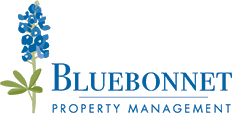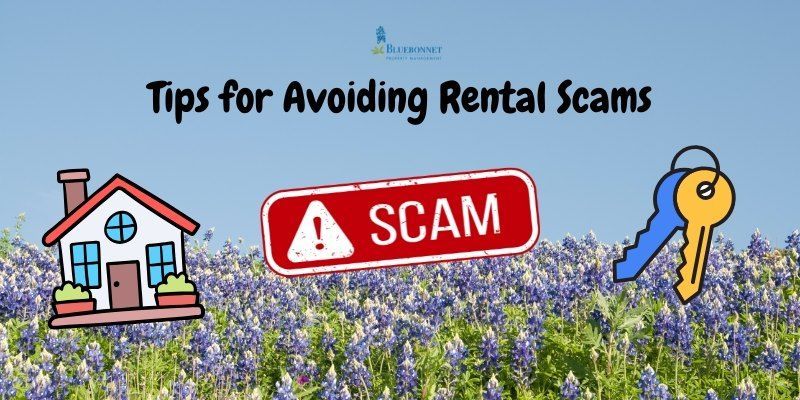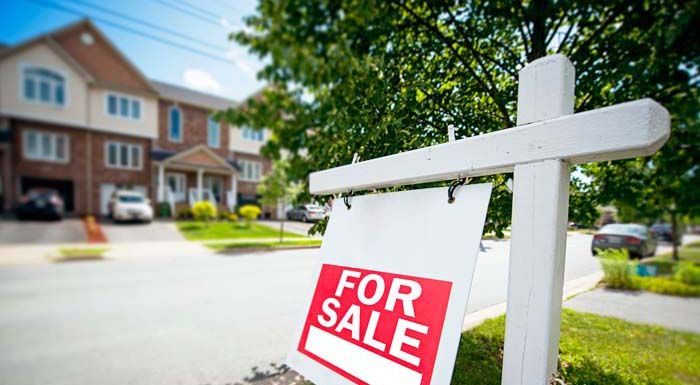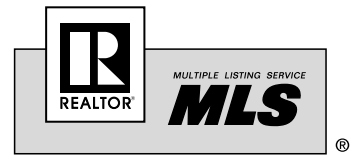Property Management Blog
Property Management Blog

Becoming a landlord can be a rewarding and potentially lucrative venture, but it comes with its own set of challenges and responsibilities. Whether you're new to property management or an experienced landlord looking to sharpen your skills, understanding how to manage property effectively is essential. In this comprehensive guide, we'll cover everything a landlord needs to know to ensure the successful management of rental properties. 1. Setting the Foundation: Legal and Financial Considerations Before you dive into property management, it's crucial to lay a solid foundation by addressing legal and financial considerations: Know the Laws : Familiarize yourself with federal, state, and local landlord-tenant laws. These regulations cover areas such as tenant rights, eviction processes, fair housing, and property maintenance standards. Staying compliant is essential to avoid legal issues. Property Financing : Determine your budget and how you'll finance the property. Options include purchasing outright, taking out a mortgage, or securing financing through other means. Consider the long-term financial implications and ensure your investment aligns with your financial goals. Insurance : Protect your investment with landlord insurance. This coverage can help safeguard your property from various risks, such as property damage, liability claims, and loss of rental income due to unforeseen circumstances. Taxes : Understand the tax implications of your property investment. Consult a tax professional to ensure you're taking advantage of available deductions and credits. Property Management Software : Consider using property management software to streamline your financial management. These tools can help you keep track of income, expenses, and generate financial reports. 2. Property Selection and Acquisition Choosing the right property is a pivotal step in property management. Consider the following factors: Location : The property's location is a key determinant of its rental potential. Research areas with strong demand for rental properties, good schools, and low crime rates. Property Type : Decide on the type of property you want to manage. Options include single-family homes, multi-family units, condos, or commercial properties. Each type has its own pros and cons. Condition : Assess the property's condition and any necessary repairs or renovations. A well-maintained property is more attractive to tenants and can command higher rent. Market Analysis : Conduct a thorough market analysis to determine the rental rates in your chosen area. This information will help you set competitive rents. Financing Options : Secure financing if needed and go through the process of acquiring the property. Ensure the transaction adheres to legal requirements. Property Portfolio Growth : If you're considering expanding your property portfolio, it's essential to plan your future property acquisitions carefully. Research new investment opportunities and ensure they align with your long-term goals. 3. Preparing the Property for Rental Once you've acquired the property, it's time to get it ready for tenants: Clean and Repair : Ensure the property is clean and in good repair. Address any maintenance issues, such as plumbing, electrical, and structural problems. Safety Standards : Comply with safety standards, including smoke detectors, carbon monoxide detectors, and fire extinguishers. Make sure the property is safe for habitation. Aesthetics : Consider the property's curb appeal. A well-maintained exterior can attract potential tenants. Invest in landscaping and exterior improvements. Legal Requirements : Ensure the property meets all legal requirements, such as building codes and health regulations. Obtain any necessary permits. Tenant Application : Have a detailed tenant application process in place. Collect information on income, rental history, and references. Background Checks : Perform background checks, including criminal, credit, and eviction history. This helps you assess a tenant's suitability. Fair Housing : Familiarize yourself with fair housing laws to prevent discrimination when selecting tenants. Lease Agreement : Create a comprehensive lease agreement that outlines the terms and conditions of the rental. It should cover rent, security deposit, responsibilities, and more. Rent Collection : Establish a reliable rent collection process. This could include online payment options, automatic deductions, or other convenient methods. Property Maintenance : Regularly maintain the property. Address tenant requests and perform inspections to ensure the property remains in good condition. Emergency Maintenance : Be prepared for emergency maintenance requests. Have a plan in place to address urgent issues promptly. 6. Tenant Relations and Communication Maintaining positive relations with your tenants is essential for a successful landlord-tenant partnership: Effective Communication : Foster open communication with your tenants. Be responsive to their inquiries and concerns. Respect Privacy : Respect your tenants' privacy rights and provide proper notice when entering the property for inspections or repairs. Renewals and Terminations : Manage lease renewals and terminations in a transparent and respectful manner. 7. Legal Compliance and Evictions Stay informed about legal requirements and be prepared for potential evictions: Legal Compliance : Continue to adhere to landlord-tenant laws and regulations. This includes ensuring the property is up to code and maintaining safe living conditions. Eviction Process : Familiarize yourself with the eviction process. It should be a last resort, used only when all other options have been exhausted. Documentation : Keep detailed records of all interactions with tenants, including lease agreements, communication, and maintenance requests.

In the fast-paced world of real estate rentals, time is of the essence, and maximizing efficiency is paramount for landlords. The printable move-out cleaning checklist for tenants emerges as a valuable ally, instrumental in simplifying and accelerating the transition process. Beyond its role in ensuring a seamless move-out, this checklist assumes additional significance by serving as a diagnostic tool for landlords. It equips property owners with a comprehensive overview of the property's condition, enabling them to swiftly identify any necessary repairs or maintenance. Simultaneously, tenants benefit from the checklist's transparency, gaining insights into whether their full security deposit will be returned. This harmonious exchange of information not only fosters trust but also streamlines the rental turnover process, ensuring that properties are ready for their next occupants without unnecessary delays. In the dynamic realm of real estate rentals, this tool proves indispensable, facilitating a swift and efficient transition for all parties involved. Key Takeaways A move-out checklist documents the condition of the rental property upon a tenant's departure. Landlords benefit from a move out cleaning checklist by minimizing potential disputes with tenants and receiving the property in a clean condition. A move-out checklist can help identify any damage caused by the tenant, beyond normal wear and tear. Tenants benefit from a move out cleaning checklist by understanding the expected condition for a smooth security deposit return. Landlords may choose to use a general or detailed room-by-room move out cleaning checklist for tenants. A customizable printable move out cleaning checklist can include property-specific features provided by the landlord, such as appliances or outdoor amenities. What Is a Move-Out Checklist for Tenants? A move out cleaning checklist is a detailed record of the condition of various elements within a rental property when a tenant moves out. This comprehensive checklist serves as a guide, ensuring tenants complete necessary tasks before leaving the property, preventing potential issues such as forgetting to return keys or leaving trash containers unattended. Many landlords include a move out cleaning checklist for tenants as an addendum or rider to the lease agreement. When incorporated into the lease, both parties—landlord and tenant—must adhere to the instructions. In some cases, landlords may withhold part or all of a tenant's security deposit to cover items the tenant should have addressed, as stipulated by legal resources like Nolo.com.












